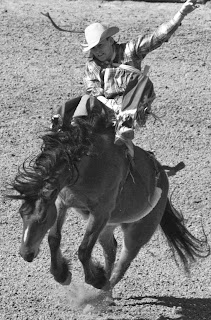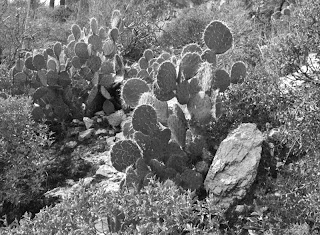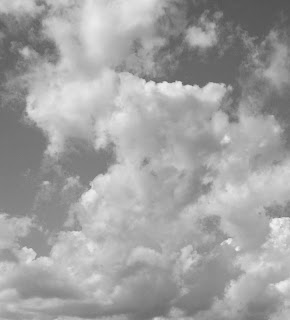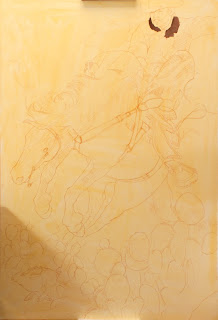I just returned from my Greenhouse Gallery 4 person show. It was a great time and I got to meet Mark Smith and Jim Janes, the gallery owner/operators, as well as the whole staff. We were treated like royalty and for that Ann an I are so grateful. Also, I got to meet, and hang out with two of the three artists who showed with me, Gregory Packard and Andre Kohn. In some ways we couldn't be more different, but in most ways we are fraternity brothers who share so many experiences in life. More on that in another post. We also had the pleasure of meeting many collectors, some of them who have collected my paintings in the past. It's always like meeting friends or even family, when you get to meet people who cared enough about one of your paintings, to take it home. Not to mention the collectors who care enough to put your show on their Friday nite schedule and come out to meet you. Thanks to everyone who took the time to come out, not only for the Friday night reception, but also for my Saturday morning demo. It was my first one at Greenhouse and I hope not the last. There were some awesome people in the audience who asked some very good questions that made me think. When I get the chance, I will be putting up photos in the next week....
.....In the mean time, here is the latest step in the progress of Hare Trigger.
Hare Trigger, 60X40", step 3
The lay-in continues, as well as the comparing of values. To bring the front legs forward on the horse, I keep them darker than the back legs. Those back legs will be covered in dust in the final painting, but it's important to knock them back visually now. Get it as close as you can now, even if you know you will be covering over it later. Since I knew I would be out of town during the lay in stage, I knew I would be working a dry painting at times. When that happens, and I'm ready to start on the dry painting, I will lay it on the ground and give it a good liberal coat of liquin painting medium. This enables me to work on a painting that has the look and feel if wet into wet. It's not the way I prefer to work, as I would much rather work wet into wet straight away, but that's not always possible, particularly when it's a big painting. So with the background sky now blocked in, I lay in the rest of the horse and a good portion of it's saddle. Some of the tack is also added, such as the reins, cinches and stirrup. Along the horse's belly, I've added some greenish reflected light from the cactus below it. It may look a bit odd now, but when I've added in the ground and prickly pear, it will look right. That light is bouncing around, you need to marry together objects by making sure their reflections are there effecting each other.
















